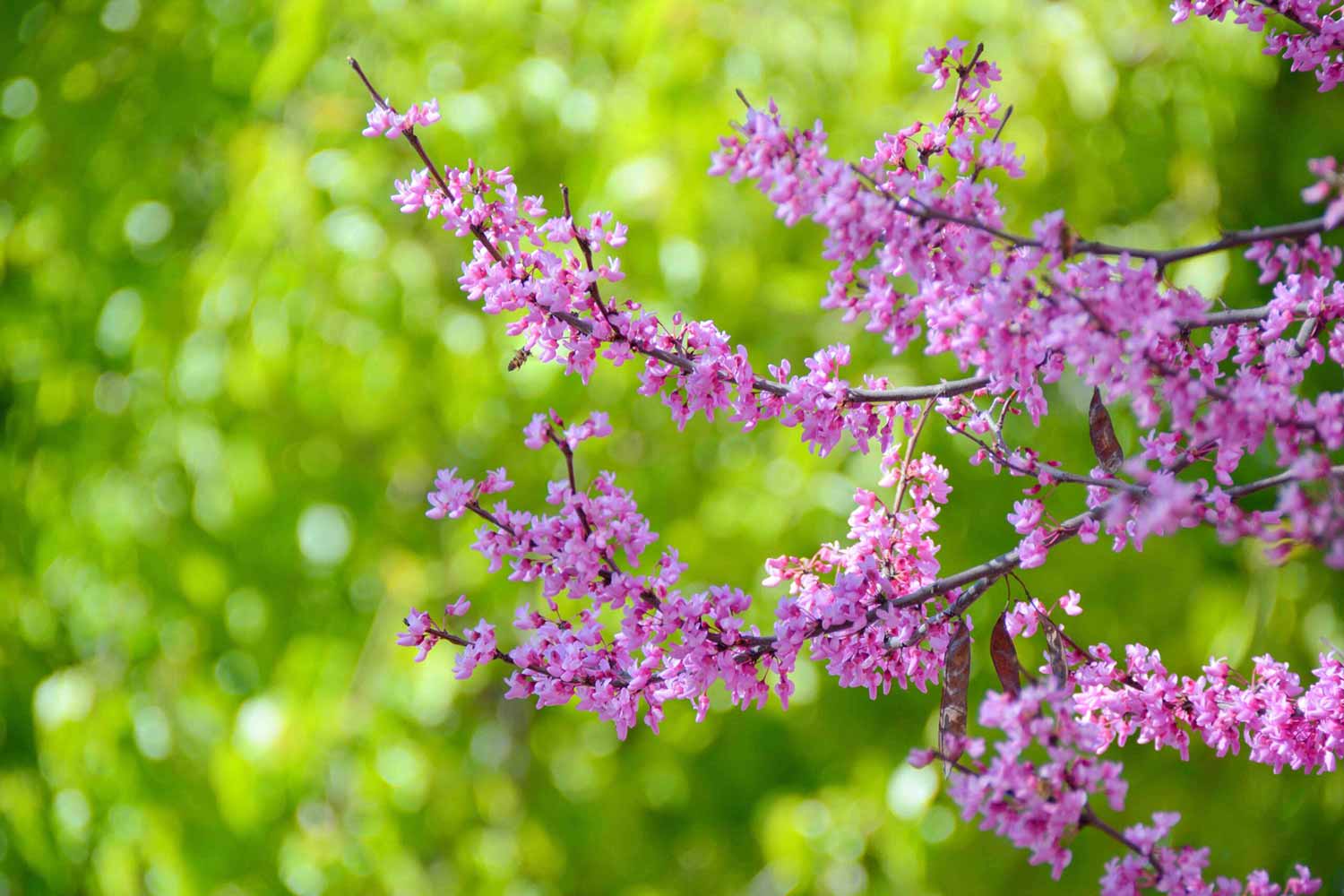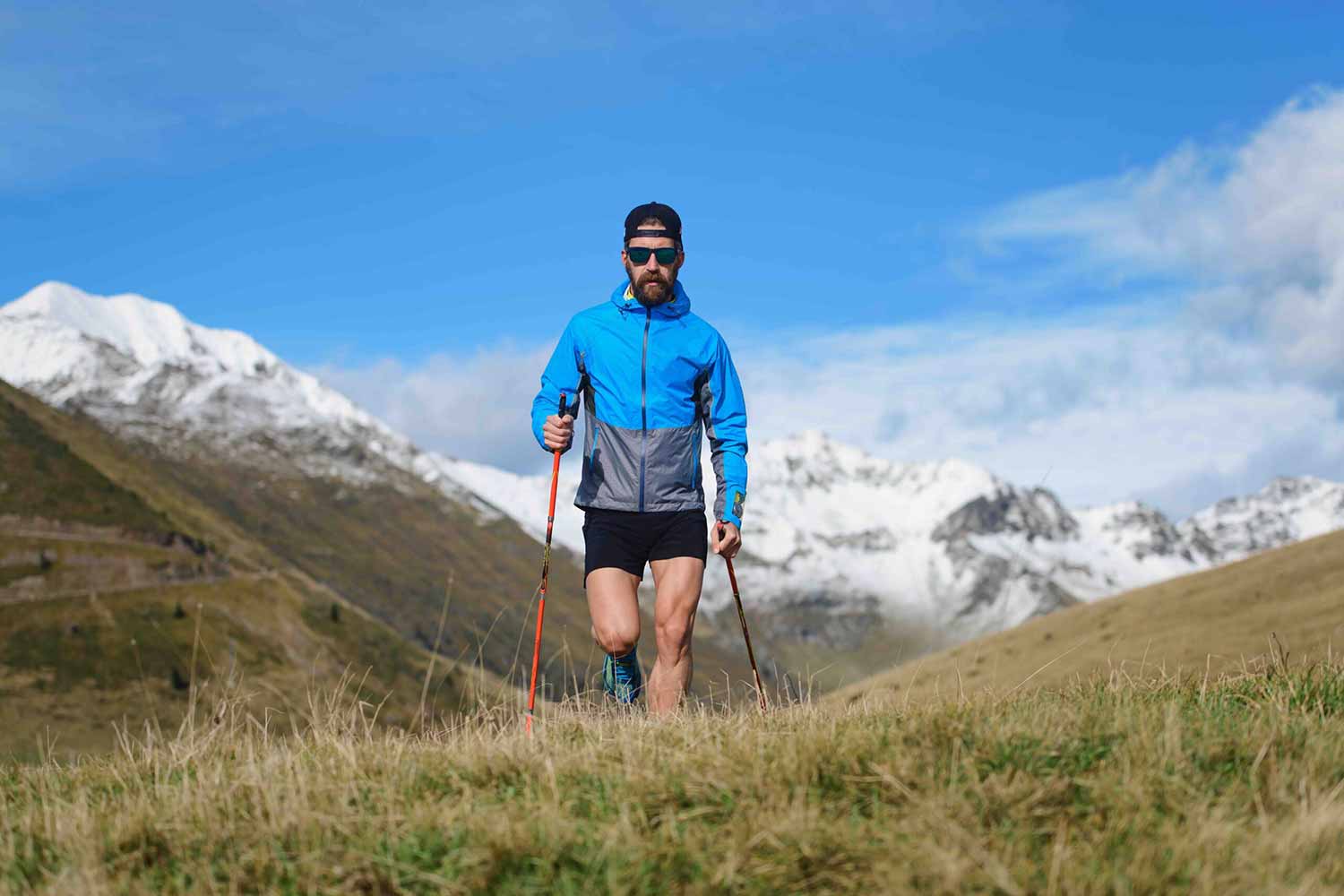Calgary is a city built on the promise of openness. Open skies. Open spaces. Open…

Unlocking Freedom: Adaptive Equipment for Outdoor Activities
For individuals with mobility challenges, engaging in outdoor activities can sometimes feel daunting. However, with the advancements in adaptive equipment, a world of outdoor adventures is now more accessible than ever. From adaptive bikes to all-terrain wheelchairs, these innovative tools are unlocking freedom and empowering individuals to enjoy the great outdoors to the fullest. In this guide, we’ll explore the range of adaptive equipment available for outdoor activities and how they are transforming recreational experiences.
1. Adaptive Bikes and Trikes
Adaptive bikes and trikes are designed to provide individuals with mobility impairments the opportunity to cycle independently or with assistance. These bikes feature customizable seating, adjustable handlebars, and specialized pedals to accommodate different needs and abilities. Whether it’s a hand-cranked bike for arm mobility or a recumbent trike for added stability, adaptive cycling offers a fun and rewarding way to explore outdoor trails, parks, and bike paths.
2. All-Terrain Wheelchairs
All-terrain wheelchairs are rugged, off-road vehicles that are built to traverse challenging outdoor terrain with ease. Featuring durable frames, large wheels with treaded tires, and adjustable suspension systems, these wheelchairs enable users to navigate uneven surfaces, gravel paths, sand dunes, and forest trails. With enhanced stability and maneuverability, all-terrain wheelchairs open up opportunities for outdoor adventures such as hiking, camping, and wildlife observation.
3. Adaptive Kayaks and Canoes
Adaptive kayaks and canoes are specially designed watercraft that allow individuals with mobility impairments to enjoy paddling activities on lakes, rivers, and calm waters. These kayaks feature ergonomic seating, adjustable footrests, and assistive paddling mechanisms for enhanced control and comfort. With adaptations such as transfer benches, stabilizing outriggers, and hand-operated rudders, adaptive kayaking offers a thrilling and immersive outdoor experience for water enthusiasts of all abilities.
4. Accessible Camping Gear
Camping is a popular outdoor activity that can be made accessible with the right gear and equipment. Adaptive camping gear includes accessible tents with wider doorways, roll-in showers, and adjustable sleeping arrangements. Portable ramps, elevated camping platforms, and adaptive cooking tools further enhance the camping experience for individuals with mobility challenges. With inclusive camping gear, everyone can enjoy the serenity and adventure of outdoor camping trips.
5. Adaptive Sports Equipment
Adaptive sports equipment encompasses a wide range of gear designed for inclusive participation in sports and recreational activities. From adaptive skis and snowboards to handcycles and off-road wheelchairs for sports like basketball and tennis, these specialized equipment options enable individuals with disabilities to engage in competitive and recreational sports at various skill levels. Adaptive sports programs and organizations offer opportunities for training, competition, and camaraderie in outdoor settings.
6. Accessible Trails and Recreational Areas
In addition to adaptive equipment, accessible trails, parks, and recreational areas play a crucial role in enabling outdoor activities for individuals with disabilities. Accessible trails feature smooth surfaces, gentle slopes, rest areas, and interpretive signage, ensuring that everyone can enjoy nature walks, birdwatching, and scenic viewpoints. Accessible playgrounds, picnic areas, and fishing docks further enhance the outdoor experience for individuals of all ages and abilities.
Conclusion
Adaptive equipment for outdoor activities is breaking down barriers and expanding possibilities for individuals with mobility challenges. Whether it’s cycling along scenic paths, paddling on tranquil waters, camping under the stars, or competing in adaptive sports, these innovative tools are unlocking freedom and promoting inclusivity in outdoor recreation. By embracing adaptive equipment and accessible outdoor spaces, individuals can embark on new adventures, connect with nature, and experience the joy of outdoor activities to the fullest.



